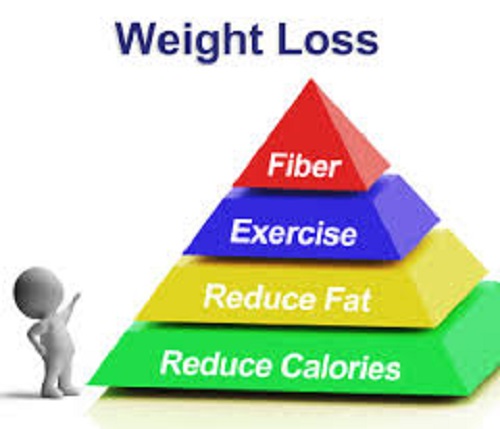A Guide to the Basics of Losing Weight
Losing weight is just basic as it is all about burning more calories than what you eat. However, the problem lies there because most people find it difficult to control what they eat. Most of the time, we take drastic measures to see results — diets, pills or those weird fitness gadgets on infomercials that promise instant success. Some people find them convenient for losing weight, but the moment that they go off that diet or stop that crazy workout program. They gain back all the pounds they lose and even more. I know firsthand, since I had experienced it a lot of times before. If you want to lose weight and keep it off then you have to make small and lasting improvements on yourself. Forget about instant results and focus on long lasting results.

Rules of Weight Loss
If you want to lose one pound of fat, you will need to burn approximately 3500 calories over and above what you already burn doing daily activities. Don’t worry as you don’t need to lose it on just one day. However, if you are serious about losing weight, take it step-by-step, you can determine just what you need to do each day in burning or cutting out those extra calories. Here is a step by step process to get you started.
- Calculate your BMR (basal metabolic rate). BMR means the amount of calories your body needs to maintain basic bodily functions such as breathing and digestion. The number of calories you need to eat each day should be considered. Though, I am suggesting it, there are no assurance that it will not make a mistake from time to time as no calculators are accurate all the time. Learn to adjust the numbers while learning about your metabolism.
- Calculate your activity level. For a week or so, keep an activity journal and use a calorie calculator to figure out how many calories you burn while sitting, standing, exercising, lifting weights, etc. throughout the day. Perhaps the easiest is wearing a heart rate monitor that calculates calories burned. After a week, add your totals for each day and average them out so that you could get a general idea of how many calories you burn daily.
- Keep track of how many calories you eat. For at least a week, enter and track your calories online or by means of using a food journal in order to write down what you eat and drink daily. Try to make no mistake, measuring when you need to or looking up nutritional information for restaurants, whenever you are eating outside your house. After a week, add your totals for each day and average them out so that you could get a general idea of how many calories you eat on a daily basis.
- Add it up. Take your BMR number and add your activity calories. Then subtract your food calories from that total. If you’re eating more than you’re BMR + your activity calories, you’re at risk for gaining weight.

